Doug Linkhart
Environmental sustainability can be greatly enhanced through civic engagement. Much of the engagement used in communities to date has been in the form of civic participation, a simple form of engagement involving individual actions—e.g., residents taking part in recycling programs and businesses voluntarily reducing emissions. Many communities have also used civic participation as they create sustainability and resiliency plans.
Rarer are communities that fully engage the public in sustainability. Yet the potential for greater public buy-in is great: recent Gallup surveys indicate that Americans generally agree on the need for action to reduce greenhouse gases, with over 60 percent saying that climate change has begun and about half worrying a great deal about its effects. Moreover, most Americans give broad support to environmental goals, with 57 percent preferring environmental protection—even at the risk of curbing economic growth—compared to 35 percent disagreeing on this point.
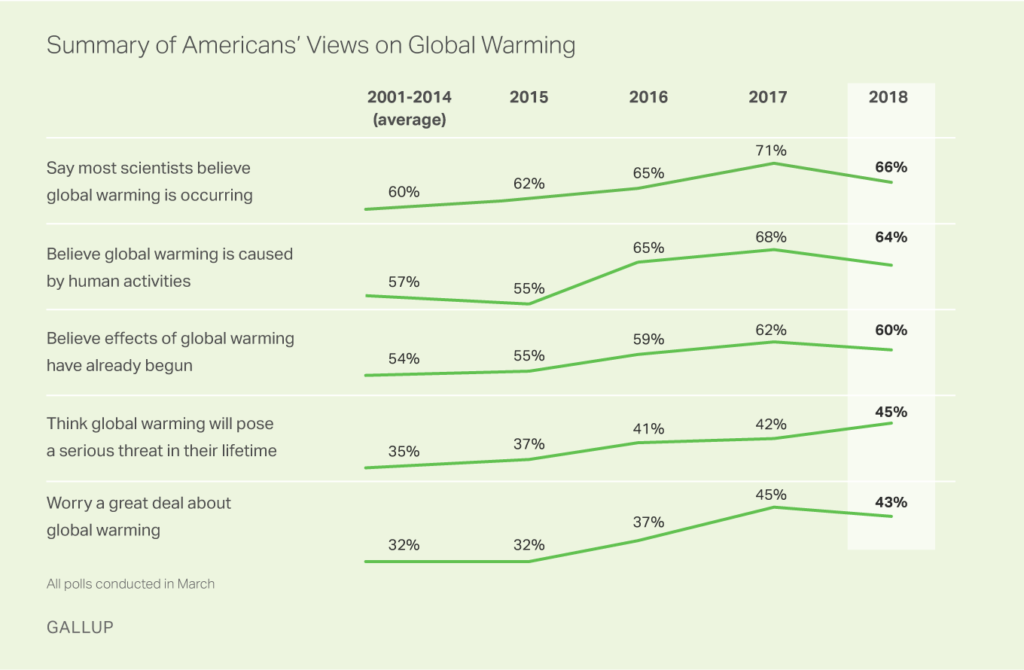
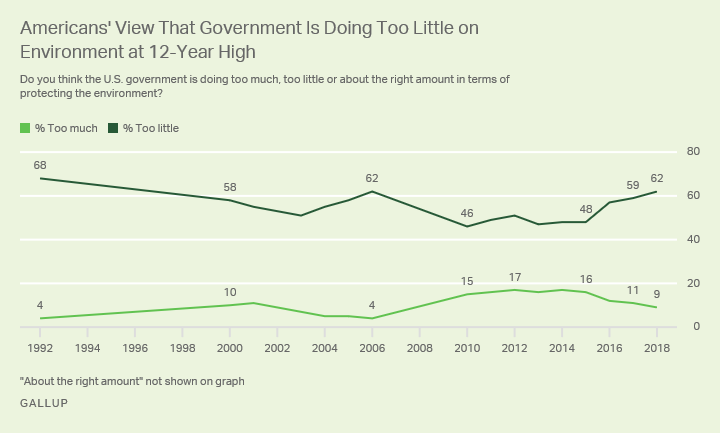
Beyond the general interest of residents in environmental sustainability there is ample evidence that efforts to get community-members and businesses involved work, both in terms of engaging the public and producing results. Below are some examples of communities using civic engagement for environmental sustainability.
Solarize Portland
Begun by the U.S. Department of Energy’s SunShot Initiative in 2011, the Solarize program encouraged residents and businesses to team up for better contract prices for installed solar energy systems. Portland, Oregon, is one of many cities that made good use of the program, engaging hundreds of residents to install solar panels citywide.
Portland’s efforts to install more solar panels began in one neighborhood and was initially called Solarize Southeast! After three years of support from the city, the federal government and local foundations, more than 500 homes joined the effort, installing 1.7 megawatts of photovoltaic panels.
By combining their purchase power, Portland residents were able to reduce the cost of an average solar installation by 30-35%. Together with federal and state energy credits and utility cash incentives, the program reduced the average cost of a 3-kilowatt system from $27,000 to $2,000.
One of the key ingredients for Portland’s Solarize program was the work in individual neighborhoods to educate residents and to develop a relationship with a particular contractor. The leadership of local neighborhood associations and a time limit to the offers were also key factors. Together, dollar savings and a pledge for quick installation, led to a big success in advancing solar energy.
For more information visit https://www.portlandoregon.gov/bps/article/405686
Lakewood Sustainable Neighborhoods Initiative
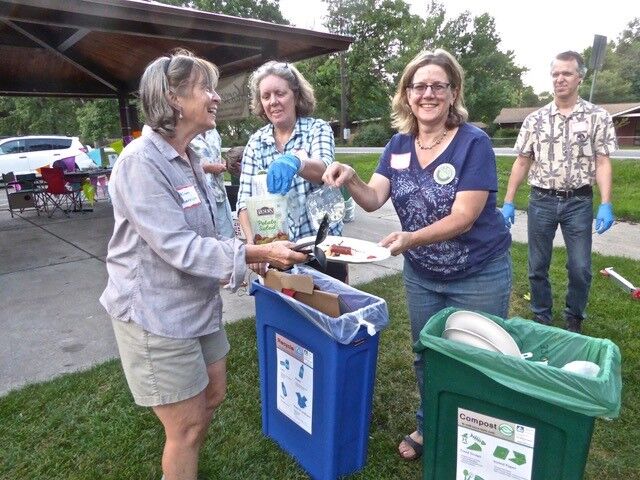 Begun as a pilot program in 2011, the Sustainable Neighborhoods Initiative in Lakewood, Colorado, aims to promote green living standards through civic engagement and community wellness. Neighborhoods participating in this unique program organize workshops, projects and events that enhance the livability of their neighborhood, build a sense of community and reduce residents’ ecological footprint.
Begun as a pilot program in 2011, the Sustainable Neighborhoods Initiative in Lakewood, Colorado, aims to promote green living standards through civic engagement and community wellness. Neighborhoods participating in this unique program organize workshops, projects and events that enhance the livability of their neighborhood, build a sense of community and reduce residents’ ecological footprint.
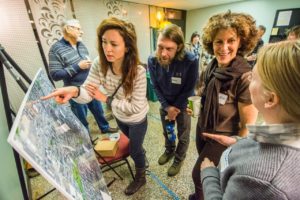 Neighborhoods that would like to participate in Lakewood’s program must first apply and follow several steps. Initially, staff must connect with community leaders to survey residents about their interests and concerns. For example, the Belmar community chose alternative transportation, health and wellness and sustainable home energy as focal points. Staff and neighborhood leaders select initiatives that best align with the needs of the community. Goals are discussed and implemented. Finally, the launch communications begin by branding and marketing via social media, or sites such as Nextdoor.com. After completing the steps above, community members are encouraged to start participating in workshops, special events and project planning and implementation.
Neighborhoods that would like to participate in Lakewood’s program must first apply and follow several steps. Initially, staff must connect with community leaders to survey residents about their interests and concerns. For example, the Belmar community chose alternative transportation, health and wellness and sustainable home energy as focal points. Staff and neighborhood leaders select initiatives that best align with the needs of the community. Goals are discussed and implemented. Finally, the launch communications begin by branding and marketing via social media, or sites such as Nextdoor.com. After completing the steps above, community members are encouraged to start participating in workshops, special events and project planning and implementation.
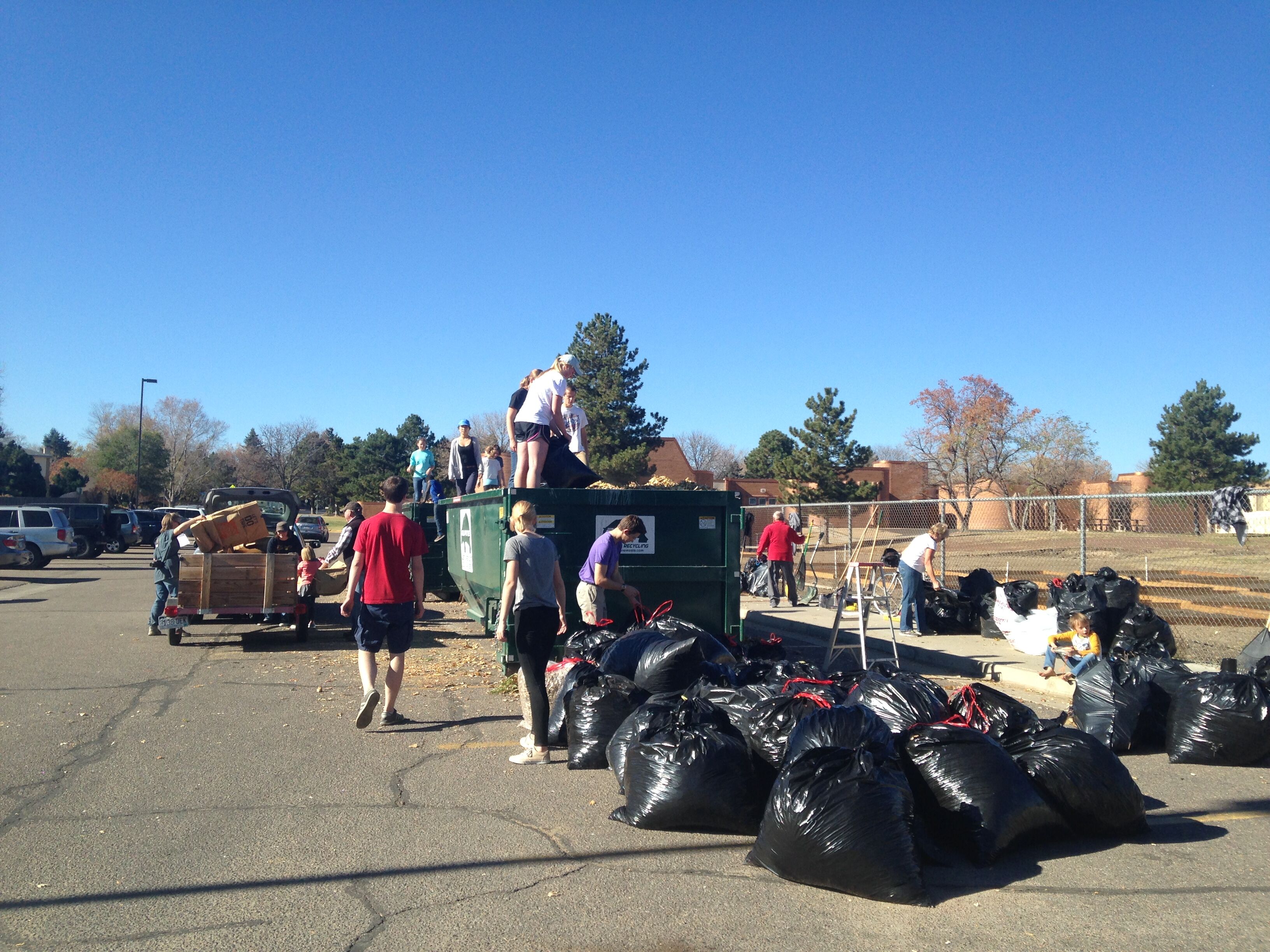 Residents in each neighborhood host workshops and complete projects that advance sustainability, enhance livability and reduce ecological footprint, earning points that are used to rate performance. Although guided by staff, residents identify and develop projects based on needs specific to their community. Southern Gables partnered with Denver Urban Gardens and Local Schools to get their hands dirty building community gardens, while Eiber residents started “Bike to the Rockies” to improve heart health and wellness. Communities participating in the program often partner with local businesses and organizations who offer their expertise, resources and support.
Residents in each neighborhood host workshops and complete projects that advance sustainability, enhance livability and reduce ecological footprint, earning points that are used to rate performance. Although guided by staff, residents identify and develop projects based on needs specific to their community. Southern Gables partnered with Denver Urban Gardens and Local Schools to get their hands dirty building community gardens, while Eiber residents started “Bike to the Rockies” to improve heart health and wellness. Communities participating in the program often partner with local businesses and organizations who offer their expertise, resources and support.
For more information visit https://SustainableNeighborhoodNetwork.org/Lakewood
Sustainable Dubuque
Begun in 2006, Sustainable Dubuque is a citizen-led, city council approved initiative in Dubuque, Iowa, a city of just under 60,000. Initially approved as a comprehensive plan to achieve environmental, economic and social sustainability, the program has evolved over the years to encompass a long list of activities aimed at engaging the full community in the pursuit of a broad set of related goals.
Dubuque is one of six U.S. cities that were recognized in 2006 with a grant from the American Institute of Architects in the form of technical assistance in sustainability planning. During the following two years, a diverse task force created by the city council put together a comprehensive plan to achieve “economic prosperity, environmental integrity and social/cultural vibrancy.” The task force, which was made up of representatives from nonprofit agencies, the business community, youth groups, faith-based organizations and other interests, conducted community surveys and meetings to ensure that the resulting plan represented a broad range of ideas and community interests.
The resulting plan contained 12 key principles for a more sustainable city: regional economy; smart energy use; resource management; community design; green buildings; healthy local foods; community knowledge; reasonable mobility; healthy air; clean water; native plants and animals; and community health and safety. The Sustainable Dubuque plan was approved by the city council in 2008 and has become an important guide used by the city in reviewing all new projects and plans.
A large number of projects have been formed or advanced by the adoption of the Sustainable Dubuque plan. These include active engagement by the business community, which is contributing toward improved sustainability in a variety of projects. One effort, the Petal Project, is a certification program for businesses and other organizations that demonstrate environmental sustainability through their energy use and impact on the environment.
Dubuque’s business community is particularly involved in economic sustainability, working with the Community Foundation of Greater Dubuque and local schools and colleges to improve education, job training and pathways to careers through projects like Project Hope and the HEART (Housing, Education and Rehabilitation Training) program.
The Community Foundation also supports other programs that fit under many of the 12 sustainability principles, including a community collaboration called Every Child/Every Promise, which focuses on five core areas: caring adults; safe places; a healthy start; an effective education; and opportunities to serve. The program, which is part of the national Campaign for Grade-Level Reading effort to improve early childhood literacy, has a heavy focus on data driven outcomes.
Sustainable Dubuque efforts to improve environmental quality include enhancement of alternative transportation methods, methane capture at the local wastewater plant, tree-planting initiatives, environmental education curriculum for local schools and city promotion of rain barrels and rain gardens. The Green Vision Education Program promotes pollution prevention, recycling, energy efficiency and waste reduction at local schools.
For more information visit https://www.sustainabledubuque.org.
Seattle’s Equity and Environment Agenda
Seattle, Washington adopted an Equity and Environment Agenda in the spring of 2016, following a lengthy community process that included many outreach efforts to gather input from residents. More than 1,000 people participated, including many from communities of color and others disproportionately affected by environmental concerns. The process was led by a Community Partners’ Steering Committee, which was made up of 16 community leaders, most of whom were from organizations serving people of color and low-income communities.
In introducing the Equity and Environment Agenda, Mayor Ed Murray said the plan “reinforces Seattle’s commitment to racial equity and social justice in our environmental work.” The prime areas of work described in the agenda include:
- Addressing the cumulative impacts of environmental problems, so that Seattle ensures “clean, healthy, resilient, and safe environments” for communities of color, low-income populations and other disadvantaged groups.
- Create “pathways out of poverty” for low-income youth and adults through careers related to environmental protection or alternative energy.
- Ensure that affected communities have “equitable access, accountability, and decision-making power” in future matters affecting the environment.
- Ensure “culturally appropriate environmental practices” in the future, are incorporated during the decision-making process.
The agenda outlined action steps ranging from planting more trees in low-income neighborhoods to training low-income youths for green jobs. Most importantly, the agenda contained steps for ensuring input from disadvantaged populations in future decision-making and consideration of equity factors in environmental matters, including the creation of an ongoing Environmental Justice Committee to review future projects and a set of principles for the use of public space.
Since adoption of the agenda, city agencies have measured and reported quantitative progress for several environmental indicators as well as measurable outcomes under the heading of environmental justice. Those outcomes include dozens of green internships for youth, hundreds of healthy food vouchers and trees planted, and over 200 families enrolled in a Go Green educational campaign. Additionally, the city and county conservation district are working together to award grants each year to community groups for conservation projects, with nearly $400,000 awarded for 2018.
Asked about the success of the agenda during the past few years, Sudha Nandagopal, who leads Seattle’s Equity & Environment Initiative, said:
“we’re flipping the script by putting civic engagement first, putting people at the center of environmental work, so that, in particular, people of color and other populations most affected by environmental injustices have roles as decision-makers and proactive change agents.”
For more information visit https://www.seattle.gov/Documents/Departments/OSE/SeattleEquityAgenda.pdf
EcoDistricts and Net Zero Districts
Civic engagement for sustainability involving the business community includes work in new developments and business districts to create EcoDistricts, net zero districts and similar projects to reduce energy use, often to the point of generating zero emissions. EcoDistricts, a registered trade name, claim eight certified areas around the U.S., with the goal of creating “a collaborative, holistic, neighborhood-scale approach to community design to achieve rigorous, meaningful performance outcomes that matter to people and planet.”
Net zero districts work to both reduce energy use and to generate supply through alternative energy sources such as wind and solar. One strategy for doing so is to work with local businesses and residents to monitor energy use to reduce peak demand, collaborating where possible to offset daytime and night-time peaks.
One of the largest net zero districts is Fort ZED in Ft. Collins, Colorado. This is a partnership between the city, Colorado State University and others, involving downtown commercial properties, university buildings and residences. Projects include subsidies for low-income residents to use solar energy, wind turbines and a metering and monitoring project.
For more information visit https://fortzed.com/what-is-fortzed/
One of the reasons for communities turning to civic engagement for sustainability is the difficulty of adopting mandates, both in terms of political will and enforcement. Few cities and states have mandated energy reduction requirements for commercial buildings or limits on the use of automobiles. Fortunately, there is great potential for engaging businesses and residents in this arena, and plenty of success stories.
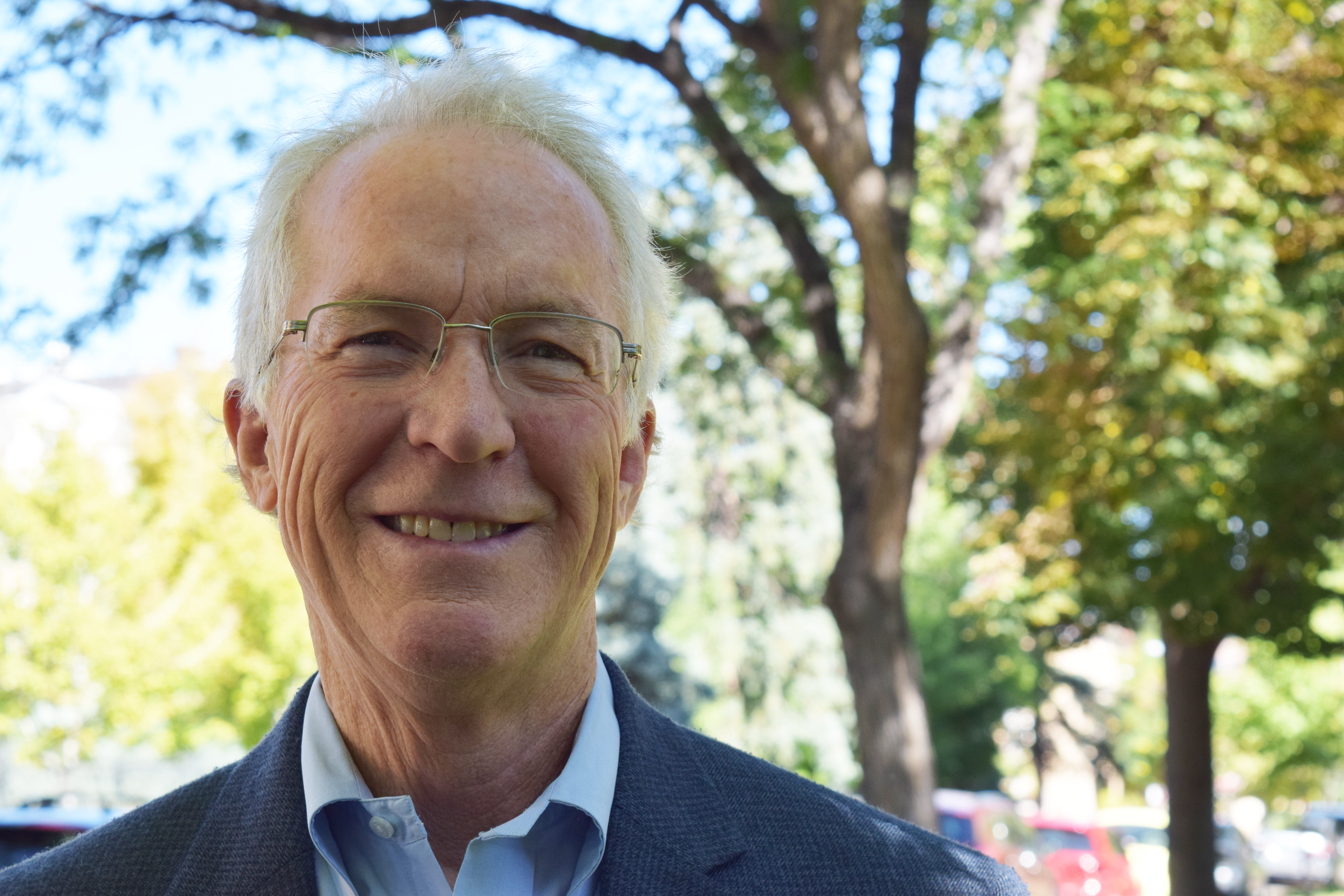
Doug Linkhart is president of the National Civic League.



